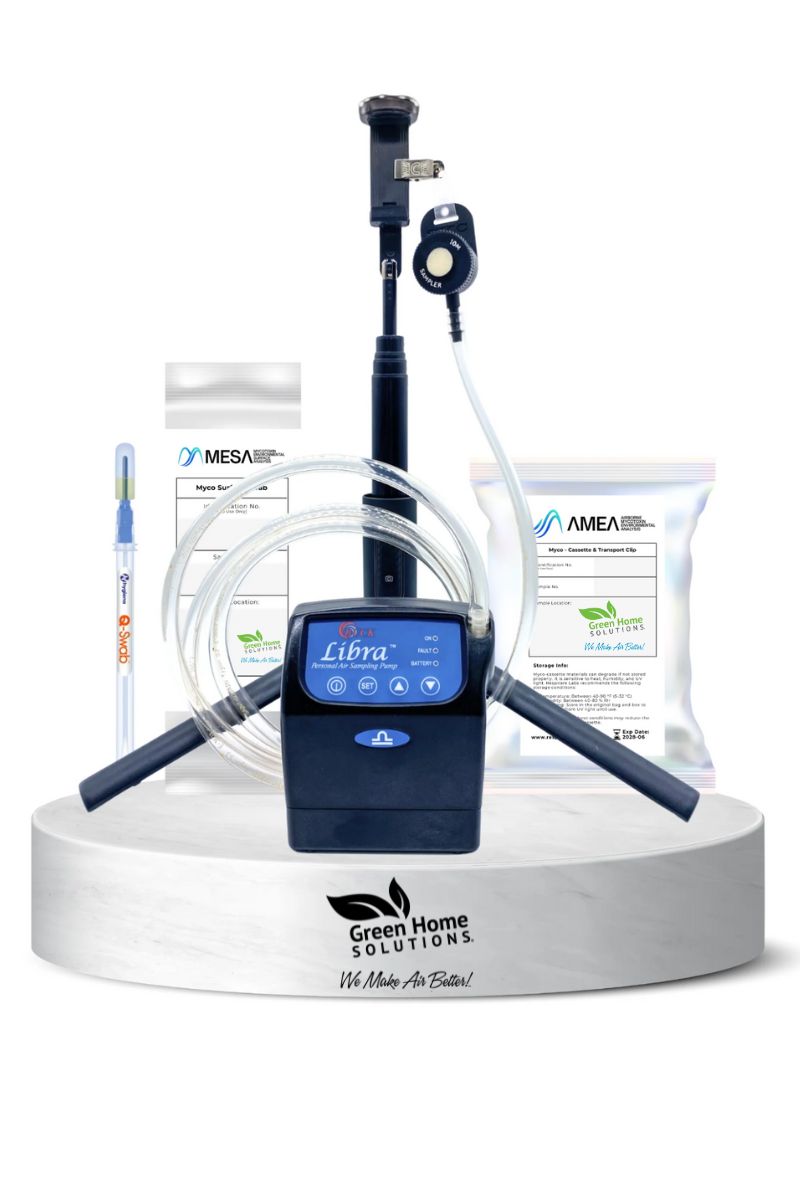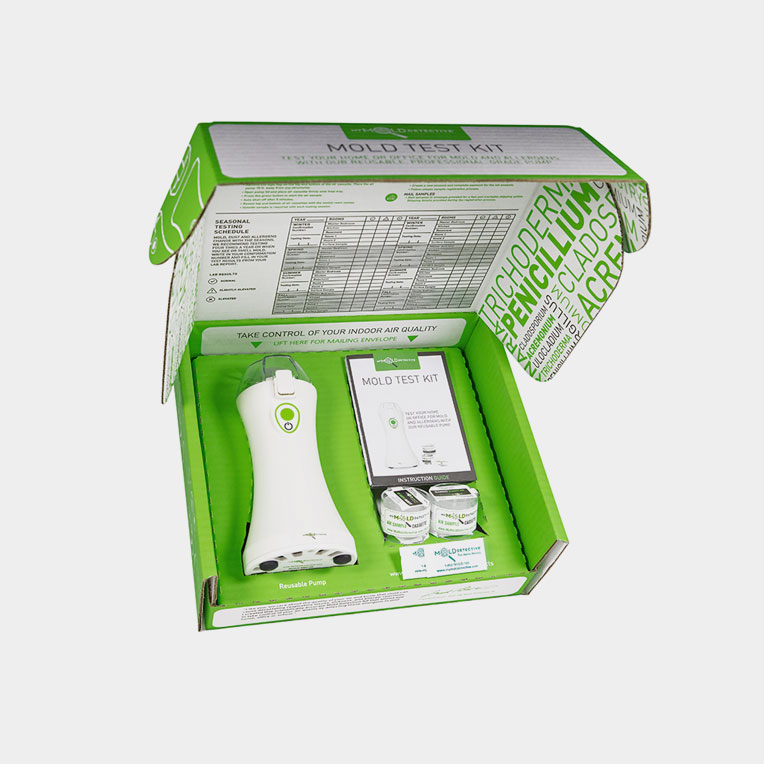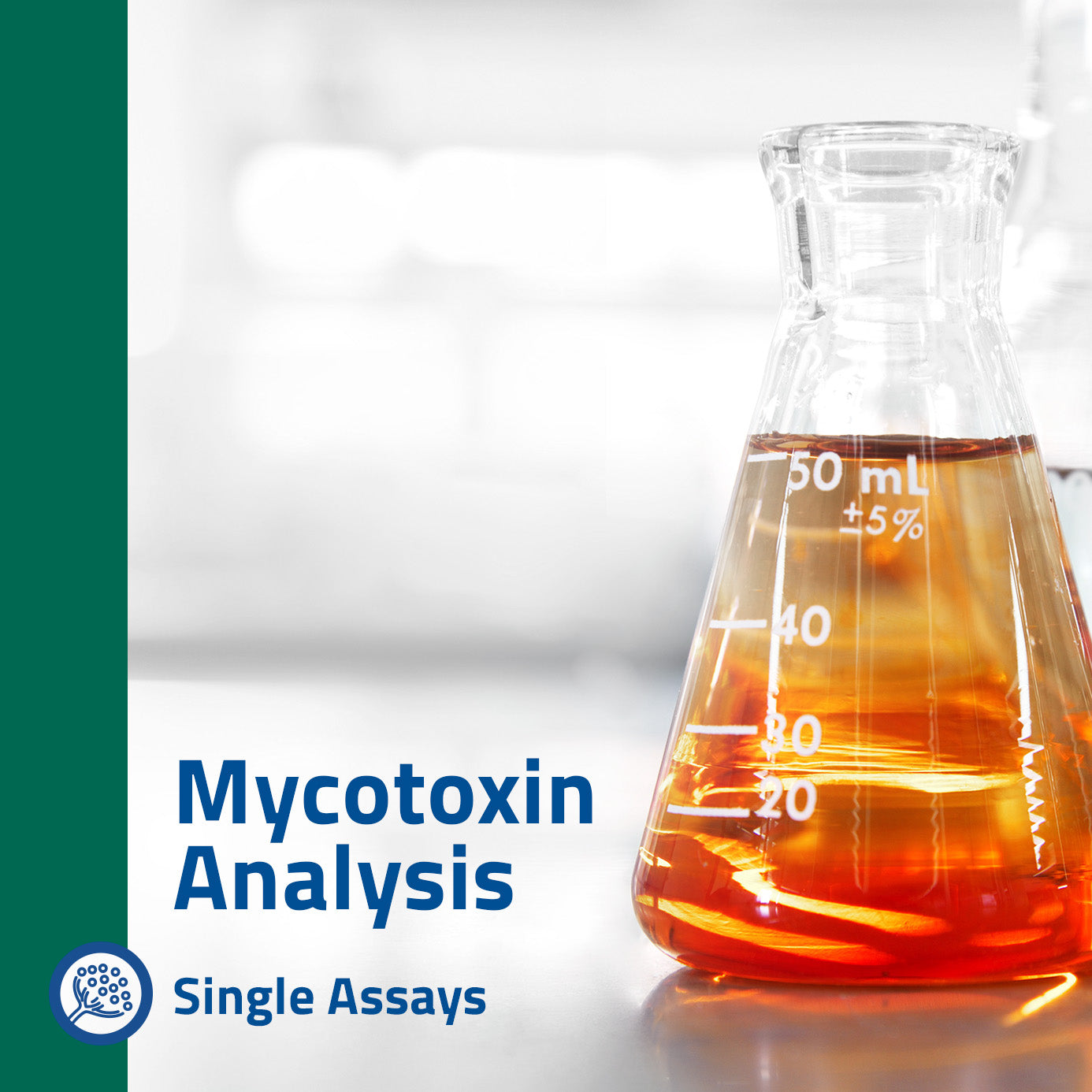How Mycotoxin Testing Helps Stop Contamination and Guard Food Supplies

Mycotoxin testing is an essential practice in the food industry, working as a frontline protection versus contamination by damaging toxins produced by mold and mildews. With the application of advanced techniques like High-Performance Fluid Chromatography (HPLC) and Liquid Chromatography-Mass Spectrometry (LC-MS), food producers can properly find and measure mycotoxin degrees in agricultural products. This aggressive technique not only makes certain compliance with stringent safety and security policies but additionally alleviates health threats to consumers. Moreover, routine testing strengthens brand online reputation and financial health and wellness by reducing contamination-related cases. So, just how precisely do these screening procedures incorporate into the more comprehensive food safety method?
Recognizing Mycotoxins
Understanding mycotoxins begins with recognizing that they are harmful secondary metabolites produced by certain molds, which can infect farming items. These metabolites are not crucial for the development or recreation of the fungis however can have serious implications for human and animal health. Mycotoxins are commonly located in staple plants such as corn, wheat, barley, and nuts, where they can multiply under certain conditions of moisture and temperature.
There are several types of mycotoxins, each generated by various fungal varieties. Fusarium types create fumonisins and trichothecenes, both of which are linked with different severe and chronic wellness problems.

Dangers of Mycotoxin Contamination
The threats of mycotoxin contamination are multifaceted, presenting substantial threats to both food safety and security and public wellness. Mycotoxins, toxic substances generated by particular sorts of fungi, can contaminate a large range of agricultural products consisting of cereals, nuts, seasonings, dried out fruits, and coffee. Once these contaminants infiltrate the food supply, they can result in serious wellness problems such as liver damage, kidney failing, and even cancer cells. Prone populations, consisting of kids, the elderly, and immunocompromised people, are especially in jeopardy.
Financial impacts are one more significant issue. Infected crops can lead to significant financial losses for farmers and food producers as a result of reduced returns and the demand for costly decontamination actions. Worldwide profession can be significantly hindered as nations apply strict mycotoxin guidelines to shield their populations, leading to declined deliveries and stretched profession relations.
Environmental aspects such as environment change intensify the danger of mycotoxin contamination. Variants in temperature level and moisture can develop beneficial conditions for fungal growth, boosting the probability of contamination occasions. Hence, understanding and minimizing these threats are crucial for making sure the security and stability of worldwide food materials.
Techniques of Mycotoxin Checking
Precisely recognizing mycotoxin contamination in farming items is important for protecting public health and wellness and preserving food security standards. Various next methods are employed to detect and quantify mycotoxins, each offering specific benefits and constraints.
High-Performance Fluid Chromatography (HPLC) is an extensively made use of approach because of its high sensitivity and precision. It entails dividing mycotoxins from other substances in an example, allowing precise quantification. Similarly, Fluid Chromatography-Mass Spectrometry (LC-MS) incorporates liquid chromatography with mass spectrometry to provide detailed molecular details, making it specifically helpful for identifying numerous mycotoxins all at once - Mycotoxin testing Services.

Gas Chromatography-Mass Spectrometry (GC-MS) and Thin-Layer Chromatography (TENDER LOVING CARE) are additionally used, each with special applications. GC-MS is reliable for unstable mycotoxins, while TLC provides a simpler, cost-effective alternative for initial testing.
Benefits of Regular Testing
Normal screening for mycotoxins in agricultural products supplies countless advantages, considerably contributing to public wellness and food safety and security. By determining contamination early, routine testing aids stop the distribution of harmful foods, thereby lowering the threat of mycotoxin-related health problems among customers. This proactive technique not just safeguards human wellness yet also improves the total top quality of food products.
Constant testing also sustains regulative compliance. Various countries and areas have developed rigid limits for mycotoxin degrees in food and feed. Adhering to these limitations through normal testing makes sure that providers and manufacturers meet lawful standards, consequently avoiding charges and profession barriers. In addition, maintaining conformity fosters consumer trust fund and brand track record, which are vital for market success.
Furthermore, normal mycotoxin screening can lead to considerable economic advantages. Early discovery of contamination enables timely intervention, minimizing possible losses from prevalent contamination. Implementing regular testing protocols can likewise lessen recall prices and relevant liabilities, which can be financially ravaging.
Furthermore, normal testing offers valuable data that can notify far better agricultural techniques and storage space conditions. By understanding patterns of contamination, manufacturers can take on precautionary actions, thus lowering future threats and adding to the sustainability of the food supply chain.
Applying Examining Methods
Applying effective mycotoxin testing methods is crucial for making sure the security and important source high quality of agricultural products. Establishing a robust testing framework involves multiple key steps, beginning with the identification of potential contamination points within the manufacturing and supply chain. This consists of pre-harvest, post-harvest, storage space, and distribution stages. Each stage needs to be inspected to identify where mycotoxin contamination is more than likely to take place.
Once essential control points are recognized, choosing appropriate testing approaches is necessary. Typical techniques include enzyme-linked immunosorbent assay (ELISA), high-performance fluid chromatography (HPLC), and mass spectrometry (MS) Each technique has its weak points and strengths; hence, choosing the right one depends on the certain mycotoxin being tested, the needed sensitivity, and offered sources.

Last but not least, incorporating the testing methods right into an extensive food safety administration system is recommended. This boosts traceability and allows speedy restorative activities when contamination is found, thereby guarding the stability of the food supply chain.
Verdict
Mycotoxin screening is crucial in preventing contamination and protecting food materials by making it possible for very early discovery of harmful toxins produced by molds in agricultural products. Routine testing improves brand track record, monetary security, and trust fund in food safety and security by decreasing contamination-related losses and maintaining high standards Continued in food production.
Mycotoxin testing is an important method in the food market, serving as a frontline defense against contamination by harmful toxins produced by mold and mildews. An incorporated strategy entailing farming techniques, storage space monitoring, and normal screening can alleviate the dangers connected with mycotoxin contamination, making sure food security and public health and wellness.
The dangers of mycotoxin contamination are diverse, positioning significant threats to both food safety and public wellness.Normal screening for mycotoxins in farming products offers numerous benefits, significantly adding to public wellness and food safety and security.Mycotoxin testing is crucial in stopping contamination and securing food materials by allowing early detection of harmful contaminants generated by mold and mildews in farming items.